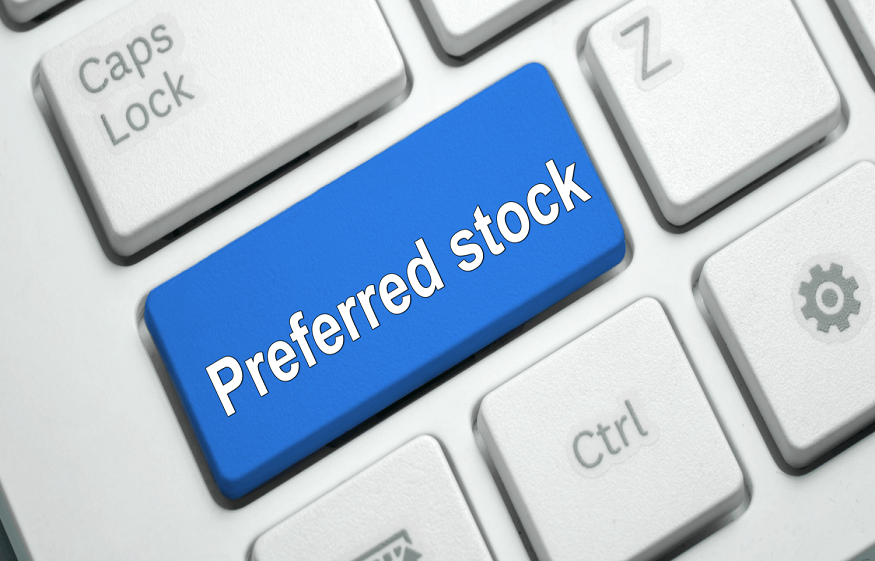Common stocks are part of an entirely different set, often called “ordinary shares.” These securities represent partial ownership in a company represented by share certificates or electronic records (eShares) that can sell or buy on any open market like the NYSE, NASDAQ, London Stock Exchange, etc. The price at which they trade is determined by the supply and demand for each specific stock. No dividends are guaranteed on these shares.
Preferred stocks, otherwise known as preferred shares, are a more complex form of investment for individuals who buy them on the stock market. They tend to offer investors a fixed return and usually enjoy higher stability than common stock. Many companies choose to use preferred stocks as their primary source of finance because they can be relied upon to provide a stable income stream.
Should you wish to trade with either of these stocks, you can join here.
What Are the Differences Between Common and Preferred Stocks?
Dividend Payments
The main difference between standard and preferred stocks is that, while both enjoy a degree of stability, preferred stocks are typically more dependable. They offer investors a fixed return. The common stock pays dividends at the discretion of the company’s board of directors. With no guarantees attached to the payment of these dividends each month, shareholders never know whether or not they will receive them.
Preferential payments are made at regular intervals – usually quarterly or annually – which means that if you purchase preferred shares, you can plan based on your knowledge of how often you receive dividend checks. On the other hand, companies often retain their profits rather than distribute dividends to their shareholders. As a result, some investors have seen their common stock holdings drop in value.
Liquidity
Another significant difference between common and preferred stocks relates to liquidity. We can define this word as “the property of an asset or security which is easy to sell quickly with little impact on price.” It means that, since common stocks rarely hold the same degree of stability that you enjoy when investing in preferred shares, it can be challenging to sell them quickly if you ever need to raise cash. If an investor invests £100 into a company’s shares and needs access to their money, they might not realise the total value of the investment funds required for this transaction. As a result, it would make more sense for you to keep your money tied up in stable assets like preferred shares rather than in riskier common stocks.
Ownership Rights
It is important to note that when you buy a preferred share, you are a creditor of the company rather than an owner. Unlike common stockholders, who have voting rights and enjoy certain ownership rights, your relationship with the company is primarily a lender. In most cases, you will not be allowed to attend shareholder meetings or say how the firm is run. The trade-off for this lack of control is that your dividends are theoretically more secure since they are paid from the business’s net profits. With no profits being generated by common shares, their dividends can fluctuate based on several factors, often leaving investors out of pocket.
Common stockholders, on the other hand, are the owners of the company. They enjoy voting rights and share in any net profits that are generated by their investment. Their privileged position means that they will usually receive dividends simultaneously – but not necessarily with the same amount of money – as preferential shareholders. Those who buy common shares also benefit from more liquidity than preferred stockholders since they can sell their assets whenever they like.
Risk Level
As we have already mentioned above, most investors would place preferred shares in a stable asset class because of their fixed dividend payments and a relatively high degree of security. This level of safety is achieved through careful management of profitable companies by lending to those who can afford to repay their debt. In some cases, they purchase bonds that offer interest rates that exceed the dividend payments they would otherwise receive. Unfortunately, this has left investors more exposed to risk when they choose common stocks instead.
As these securities fluctuate in value each day, it is difficult for shareholders to predict what dividends will be channelled back into their accounts. As a result, many investors see returns on common stock purchases cut dramatically because of changes in market conditions or economic downturns.

